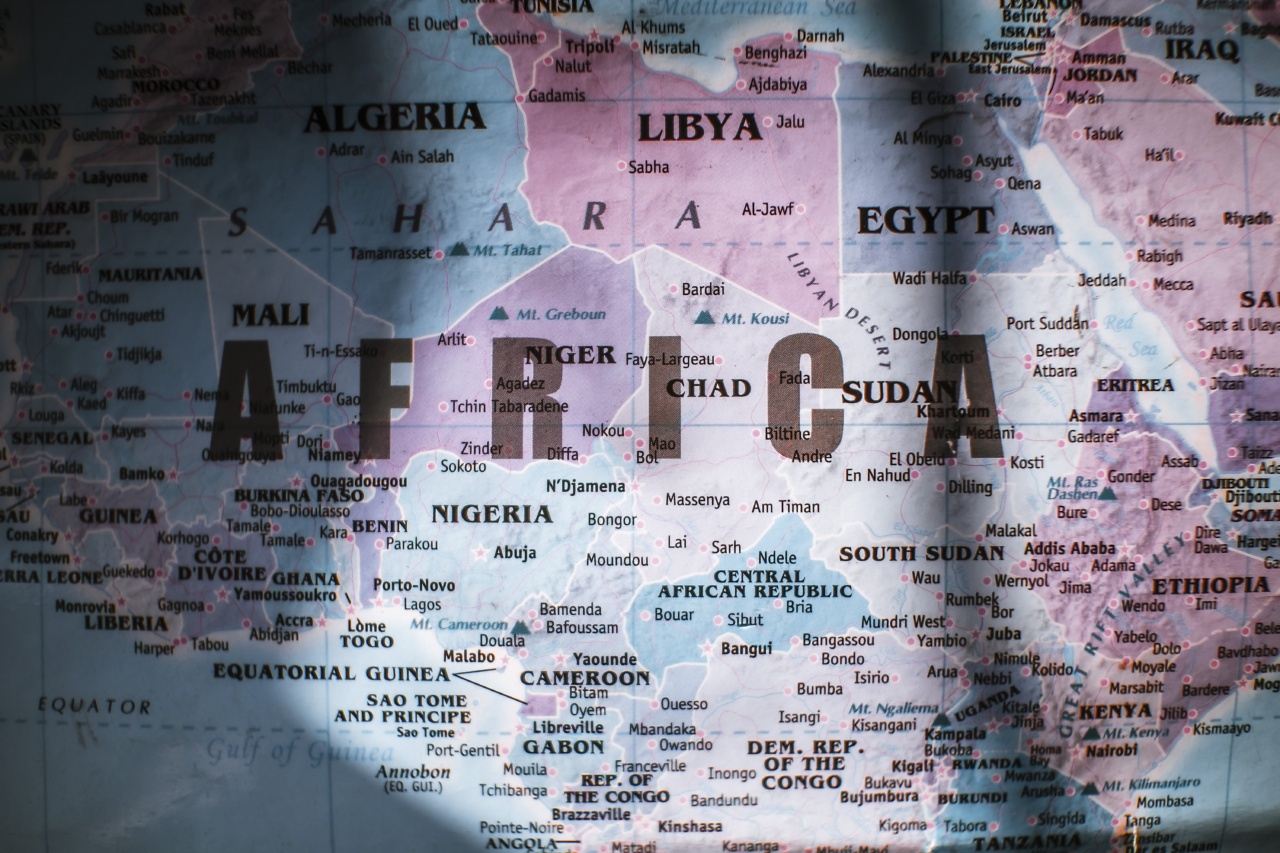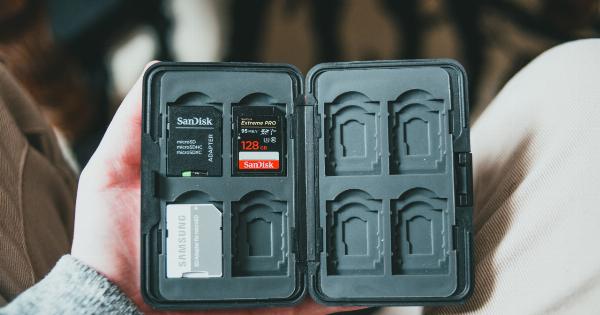In today’s fast-paced and constantly changing world, navigating through life can be a complex and uncertain experience. We often find ourselves grappling with incomplete information, conflicting ideas, and ambiguous situations.
Unpacking fragments and synthesizing them into a cohesive whole is one way of navigating through such uncertain terrain. This article explores some strategies for achieving this.
Understanding Fragments
A fragment is a part of a whole. It is incomplete and lacks coherence on its own. Fragments can be found in various aspects of life such as in pieces of information, ideas, data, or experiences.
When we encounter a fragment, our minds instinctively search for its missing parts and try to connect the fragment to something else that would make sense of it. This is where synthesis comes in.
The Art of Synthesis
Synthesis is the process of combining fragments into a cohesive whole. It involves taking disparate pieces of information, ideas, data, or experiences and finding a way to connect them together so that they make sense.
Synthesis requires critical thinking, creativity, and the ability to see patterns and connections that may not be immediately apparent. It is a process of discovery that can lead to new insights and ideas.
Strategies for Synthesizing Fragments
1. Writing: Writing is one effective way to synthesize fragments. When we write, we are forced to organize our thoughts and make sense of the fragments we encounter. Writing helps us to identify patterns and connections that we might not see otherwise.
It also helps to clarify our ideas and communicate them to others.
2. Mind Mapping: Mind Mapping is a visual tool that can help us synthesize fragments. It involves drawing a diagram that illustrates the connections between different fragments.
Mind Mapping can help to organize and structure information, identify patterns and relationships, and create new ideas.
3. Reflection: Reflection is a powerful tool for synthesizing fragments. It involves taking the time to think deeply and critically about the fragments we encounter.
Reflection can help us to identify patterns and connections that we might not see otherwise, and it can also help us to identify our own biases and assumptions.
4. Collaboration: Collaboration can be an effective way to synthesize fragments. When we work with others, we can draw on their perspectives and experiences to create a more holistic view of the fragments we encounter.
Collaboration can also help us to identify blind spots and biases that we might not see on our own.
5. Experimentation: Experimentation is a valuable strategy for synthesizing fragments. It involves taking risks and trying new things in order to see what works and what doesn’t.
Experimentation can lead to new insights and ideas, and it can also help us to refine our thinking and approaches over time.
Conclusion
Navigating through uncertain terrain can be challenging, but by unpacking fragments and synthesizing them into a cohesive whole, it is possible to make sense of complex and ambiguous situations.
Writing, mind mapping, reflection, collaboration, and experimentation are all effective strategies for achieving this. By adopting these strategies, we can develop a more nuanced and robust understanding of the world around us, and we can make more informed decisions as a result.































